Let’s Be Real: “Easier” Depends on Who You Ask
If you’ve ever stood on a tennis court trying to chase down a spinning serve or watched a pro rally last 20+ shots, you know tennis is no joke. The speed, the footwork, the hand-eye coordination—it’s intense. But pickleball? That’s the sport everyone’s calling “tennis’s fun cousin.” It’s on TikTok. Your neighbor plays it. Your grandma might even dominate at it.
So what’s the deal? Is pickleball actually easier than tennis—or is that just the hype talking?
The Short Answer: Yes... and No
In some ways, pickleball is easier to start. The rules are simpler. The court is smaller. The vibe is more laid-back. But once you start climbing the ranks or stepping into real competition, pickleball gets intense fast. It’s a different kind of difficulty—mental chess mixed with hand-speed warfare.
Let’s break it down by category to see where each sport lands on the “difficulty” scale.
1. Learning Curve: Pickleball Wins
Pickleball has one of the lowest entry barriers of any sport. Most people can pick up a paddle, play their first game, and actually have fun within 15 minutes. No private lessons required.
Here’s why:
- The paddle: Smaller, solid, easier to control.
- The ball: Slower, less bounce, less spin.
- The court: Smaller, easier to cover.
- The scoring: Simple: to 11, win by 2.
Compare that to tennis, where serving alone can take weeks to learn—and even longer to master. Getting into real rallies takes time, and just keeping the ball in play can feel impossible at first.
2. Physical Demands: Pickleball is Gentler
If we’re talking pure cardio, endurance, and joint punishment—tennis takes the crown. The courts are huge, matches last longer, and there's way more sprinting, stopping, and pivoting.
Pickleball, by contrast, is easier on the body. You cover less ground, and the points are shorter. That’s why it’s so popular with older adults and beginners. But don’t be fooled—at a high level, pickleball is still a workout. You’ll sweat. You’ll burn calories. And your legs will feel it after a few games in a row.
3. Reaction Time: Pickleball Can Be Harder
Here's where things flip. Pickleball rallies happen close to the net, and players often engage in “hands battles” where lightning-fast reflexes matter more than footwork. At the net, you’re only a few feet away from your opponent—and the ball can go from paddle to paddle in less than half a second.
If tennis is a long-distance sprint, pickleball is a boxing match in a phone booth. At a competitive level, that makes it intense in a different way.
4. Strategy and Skill: Both Get Deep
Tennis involves topspin, slice, shot selection, and endurance management. It's a long-term chess match—brutal and beautiful. Pickleball, however, is about angles, soft hands, third-shot drops, and knowing when to speed up or slow down the tempo.
The kitchen (no-volley zone) in pickleball adds layers of strategy not seen in tennis. Mastering dinks and resets takes finesse—and makes you realize that while pickleball starts easy, it doesn’t stay that way.
5. Mental Pressure: Pickleball Is More Forgiving
Pickleball is fast and competitive, sure—but the vibe is different. It’s social, loud, and less rigid than tennis. There’s less etiquette, fewer unwritten rules, and more room to laugh mid-point.
Tennis? It can feel like a pressure cooker, especially during matches. The silence, the formality, the point structure—it’s got a more traditional, high-stakes feel.
So... Which One Is “Easier”?
If you’re just starting out and want to rally, score, and enjoy yourself without months of lessons—pickleball is 100% easier.
If you’re comparing elite-level difficulty, each has its own beast mode. Tennis demands conditioning, power, and technique. Pickleball demands quick thinking, tight control, and absurd reflexes.
The real win? Pickleball makes the fun happen faster. And that’s why it’s exploding in popularity.
Why Do People Switch from Tennis to Pickleball?
This is happening everywhere. Former tennis players are showing up on pickleball courts, falling in love with the speed, the flow, and the community. Some do it because of injuries or time constraints. Others just like how addicting pickleball is.
You don’t need to commit 3 hours or chase balls 50 yards to feel competitive in pickleball. Just grab a paddle, grab a friend, and jump in. That ease of entry is a game-changer.
And That’s Where Dope Pickleball Comes In
If you’re looking to make your entry into the game—don’t show up with a beginner’s mindset. Show up with gear that makes people look twice. Dope Pickleball is here to make the game easier to love and harder to ignore. Our paddles are built for players who want more than performance—they want presence.
Whether you’re a tennis convert or a first-time baller, start your journey with something that says, “I’m here to play, but I’m also here to disrupt.” That’s what we do. That’s what we’re about.
Final Recap
- Pickleball is easier to learn and less physically punishing.
- It’s beginner-friendly but deep enough for mastery.
- Tennis is harder to learn but builds long-term endurance and shot variety.
- Pickleball gives you fun and competitive gameplay from Day One.
Play Smarter. Start Faster. Show Up Loud.
So is pickleball easier than tennis? Yeah, it is—at least when you’re starting out. But don’t confuse “easier” with “less serious.” The game’s growing fast. The talent is getting sharper. And the culture? It's getting louder.
If you're ready to start playing and want the best shot at dominating from your first game on—Dope Pickleball is your move. Because anyone can play. But not everyone plays dope.




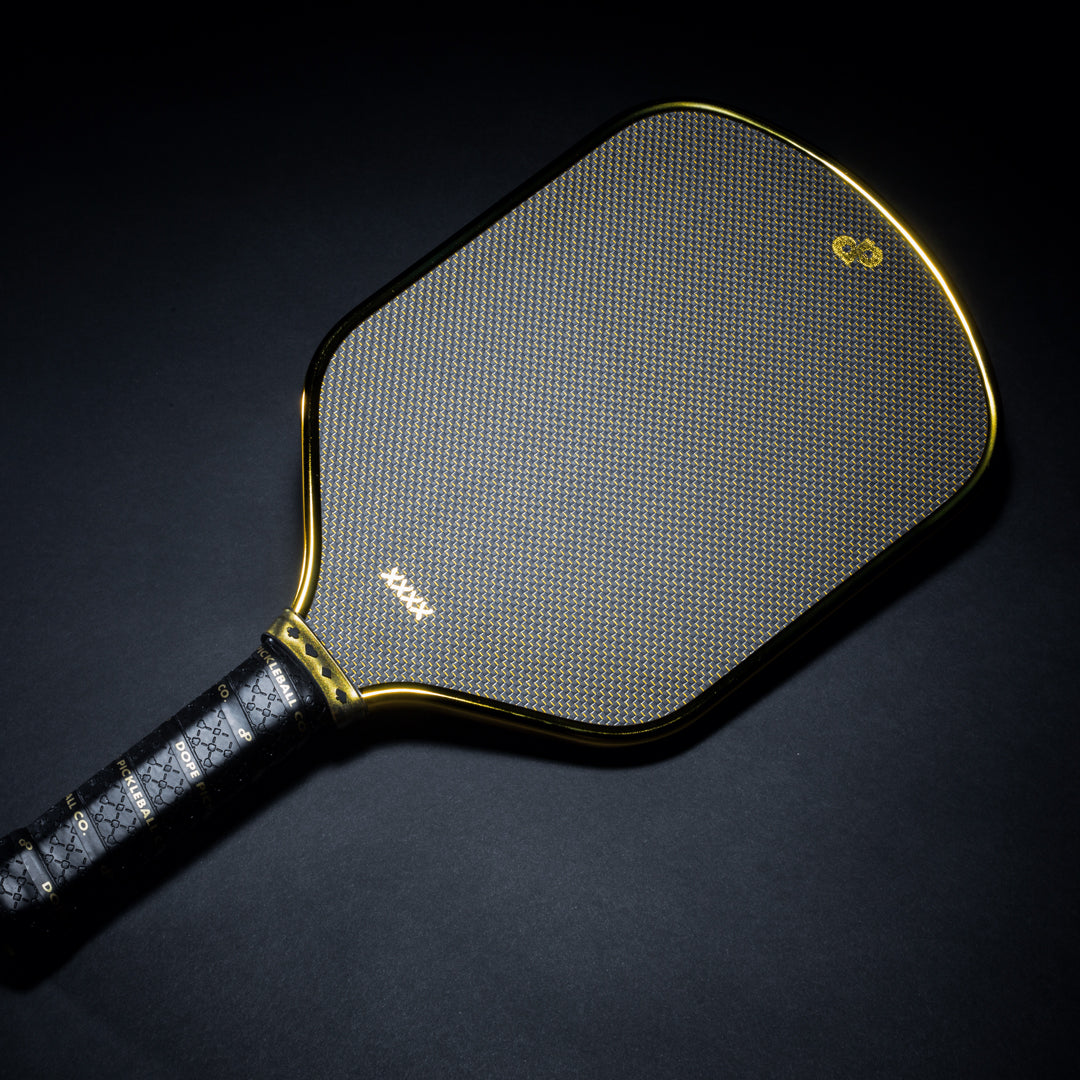
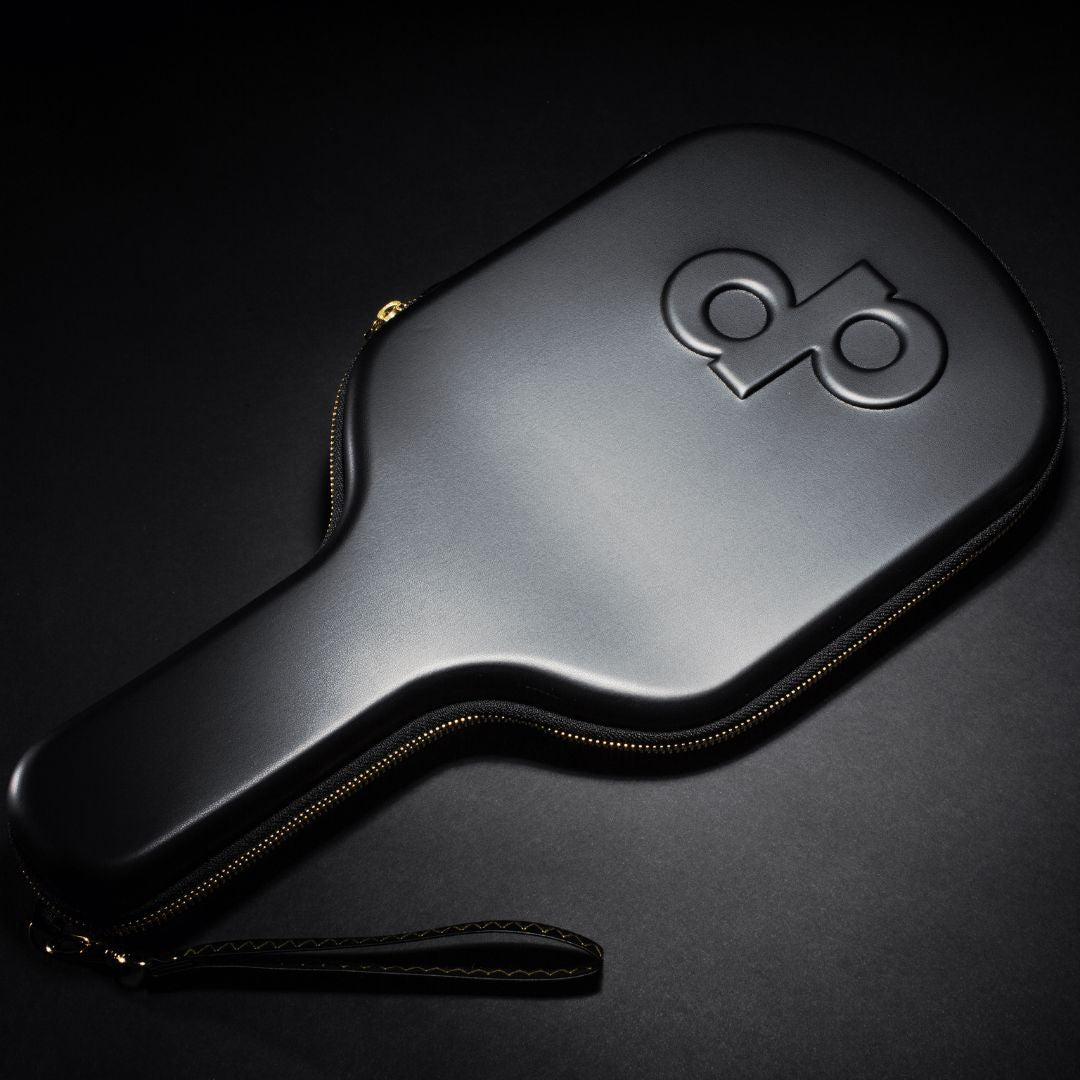

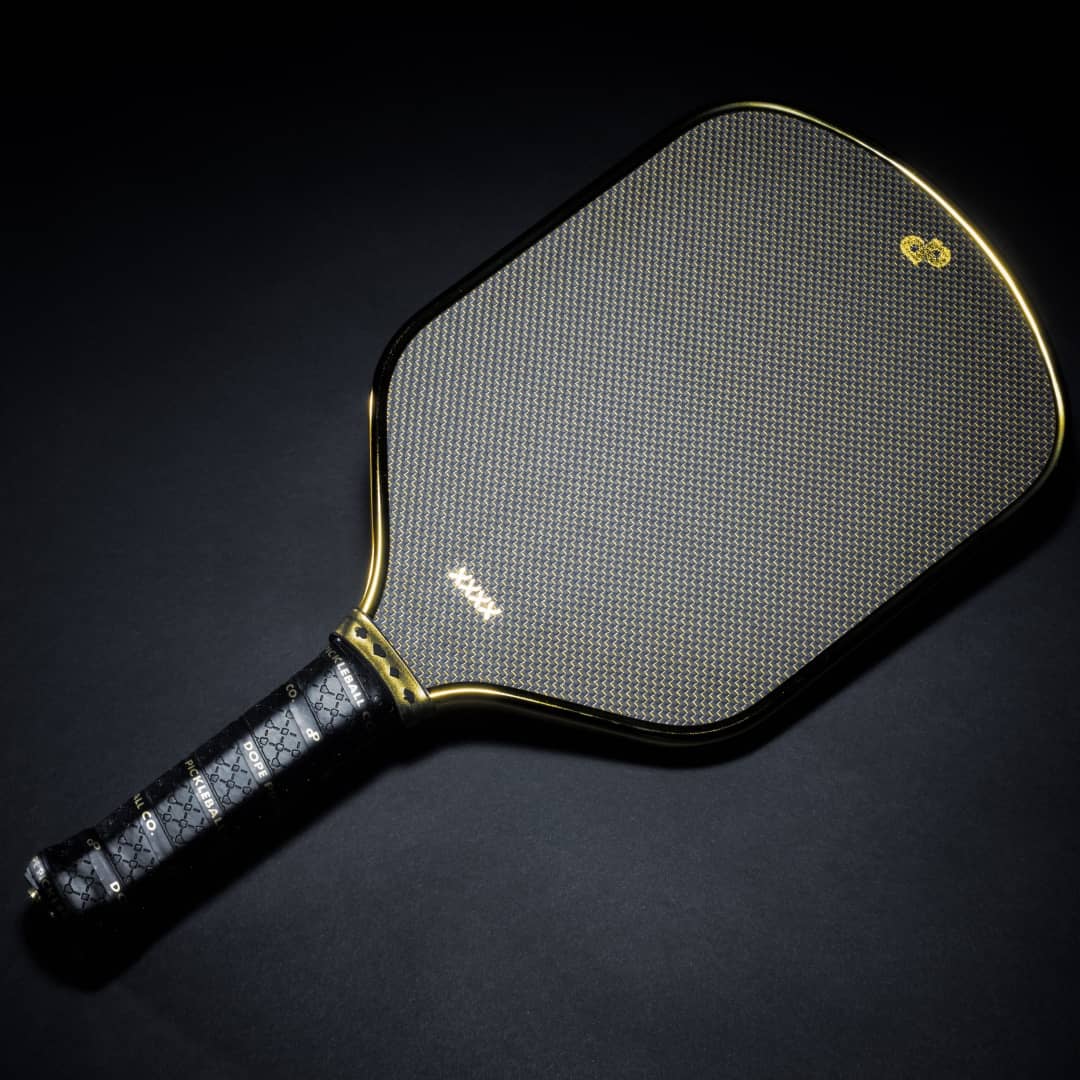
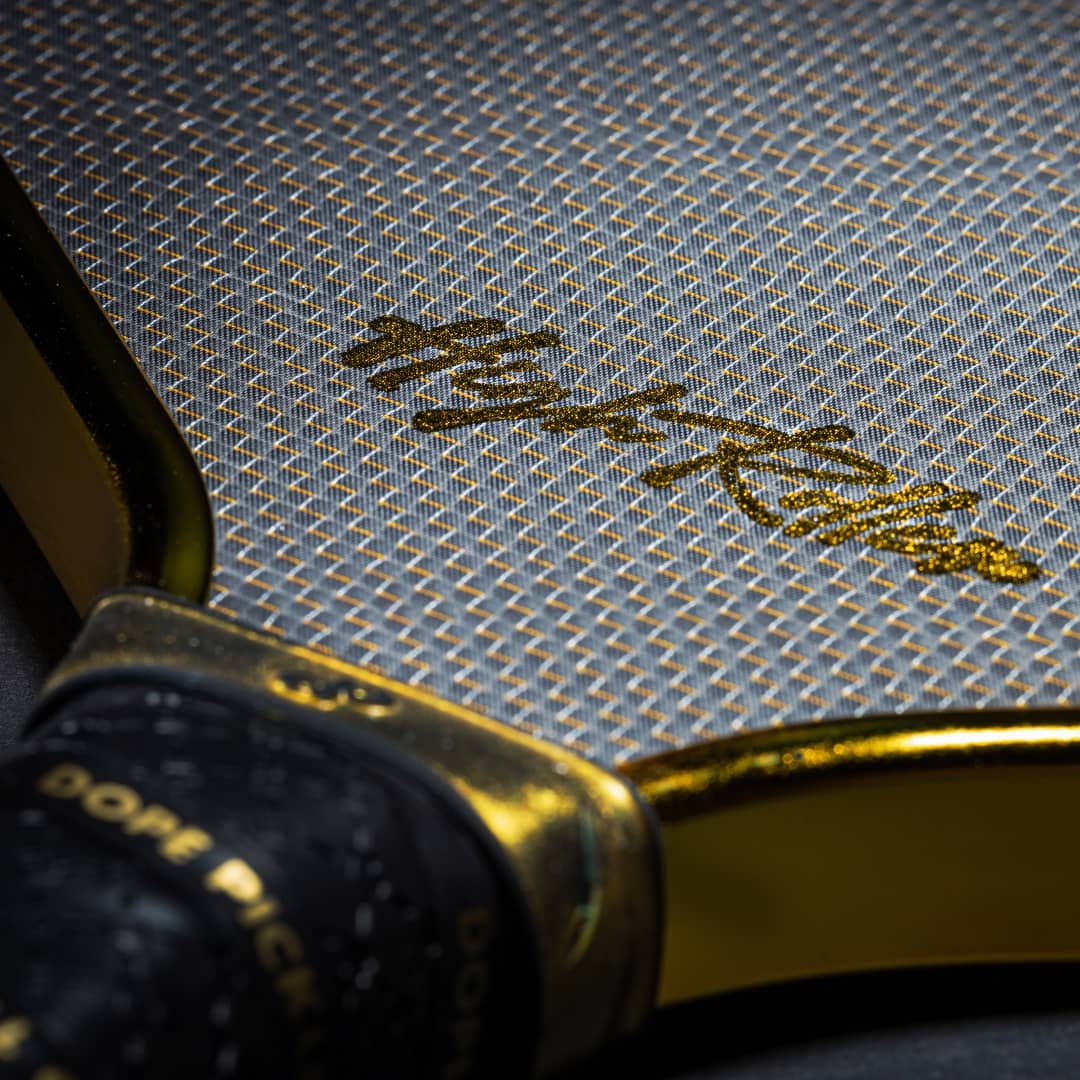
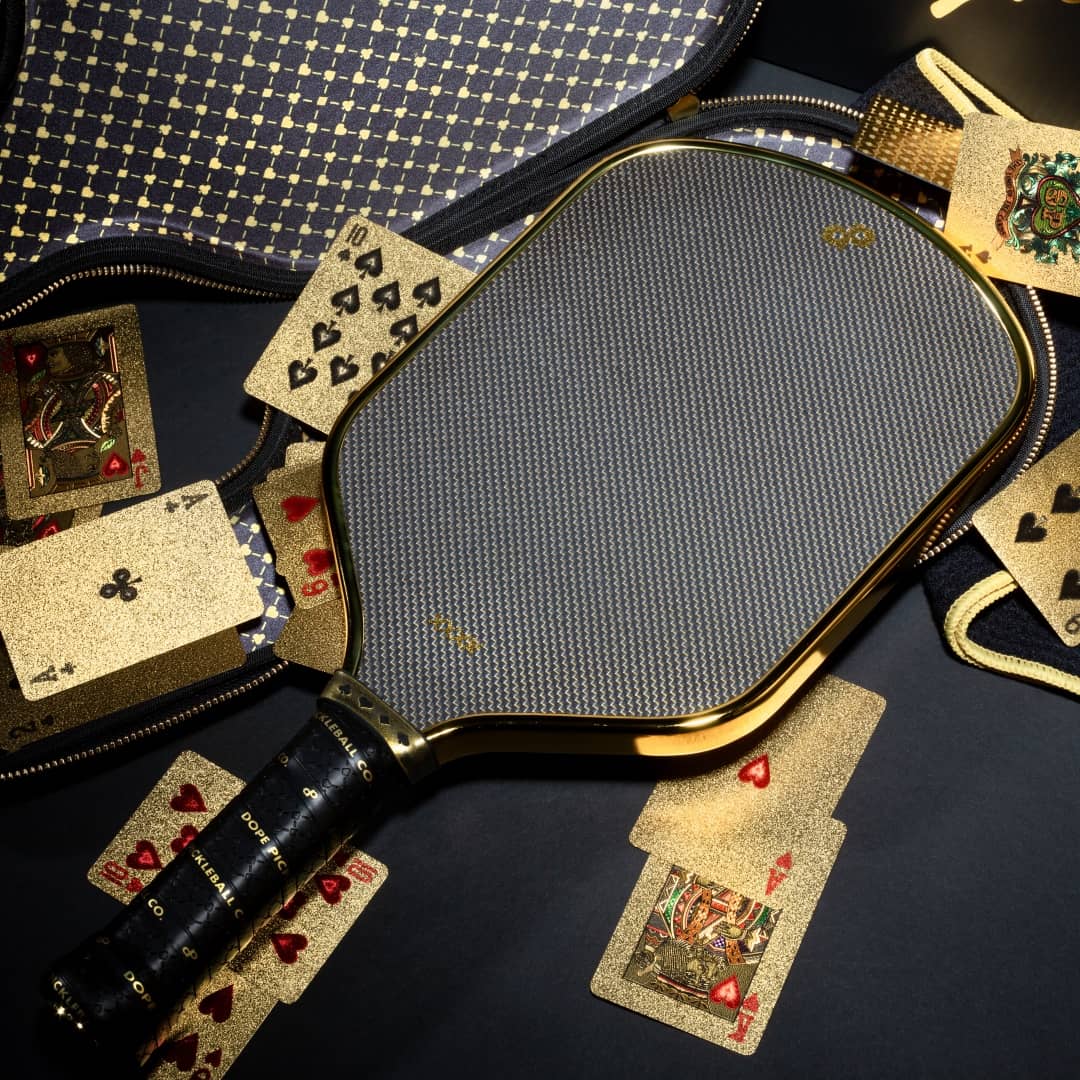

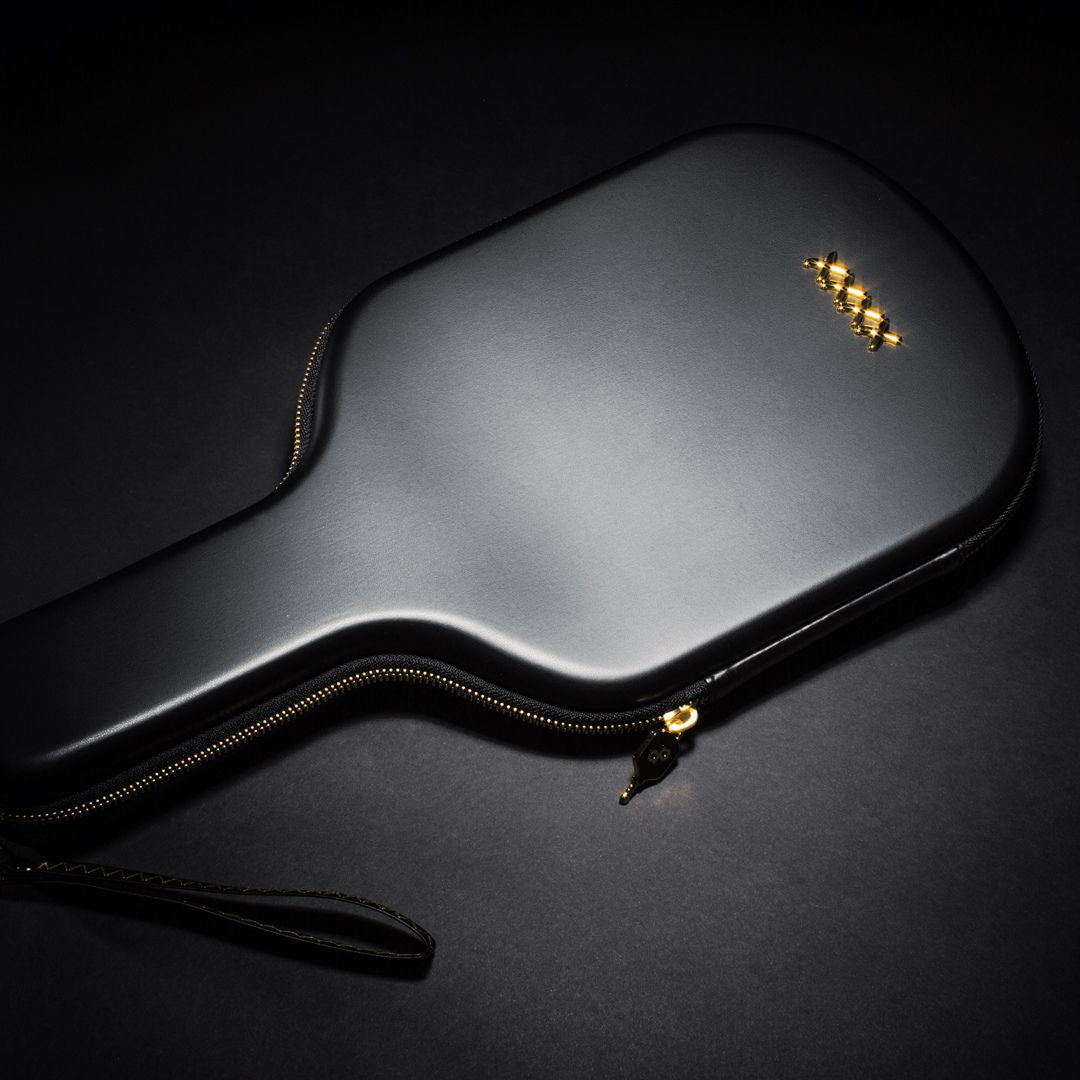
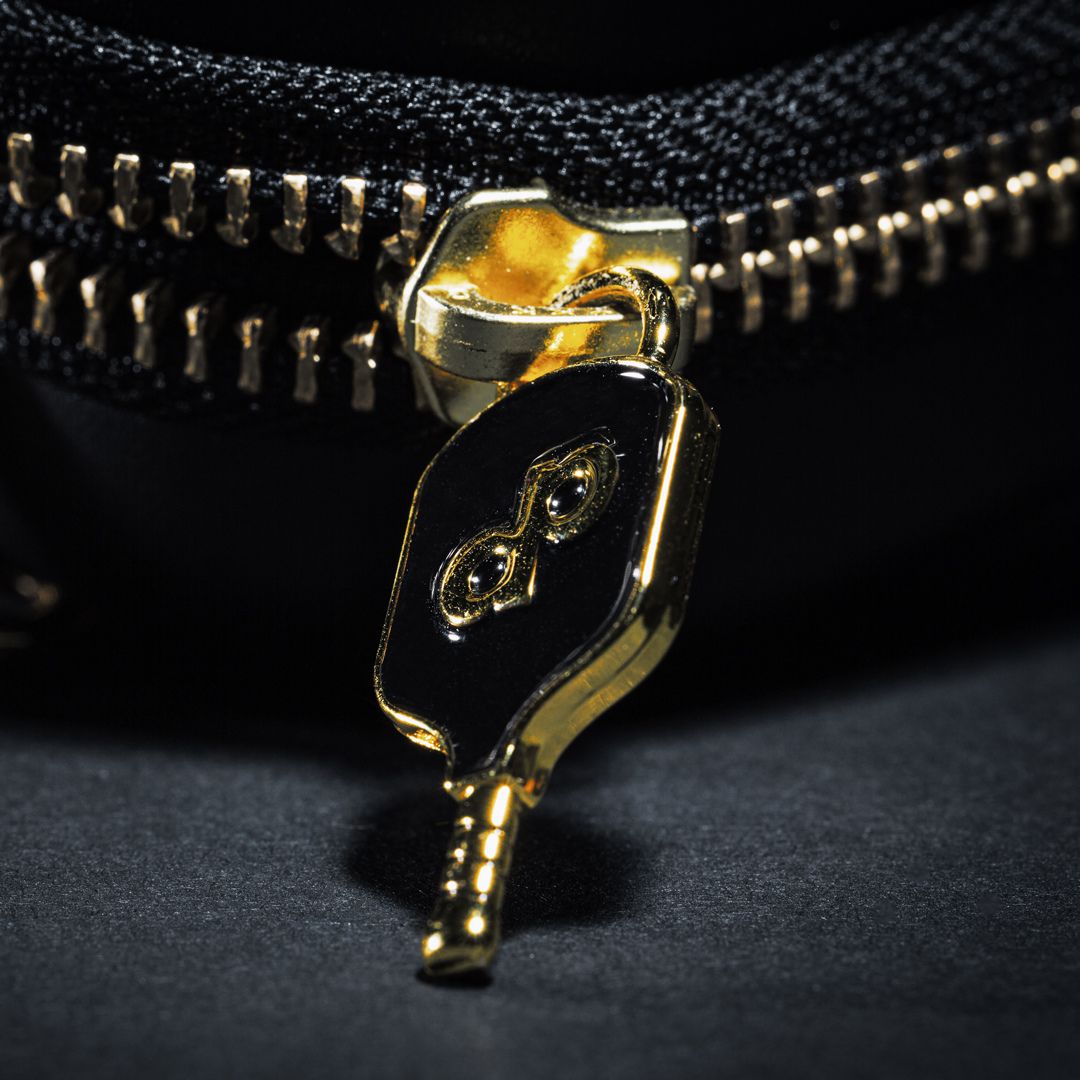
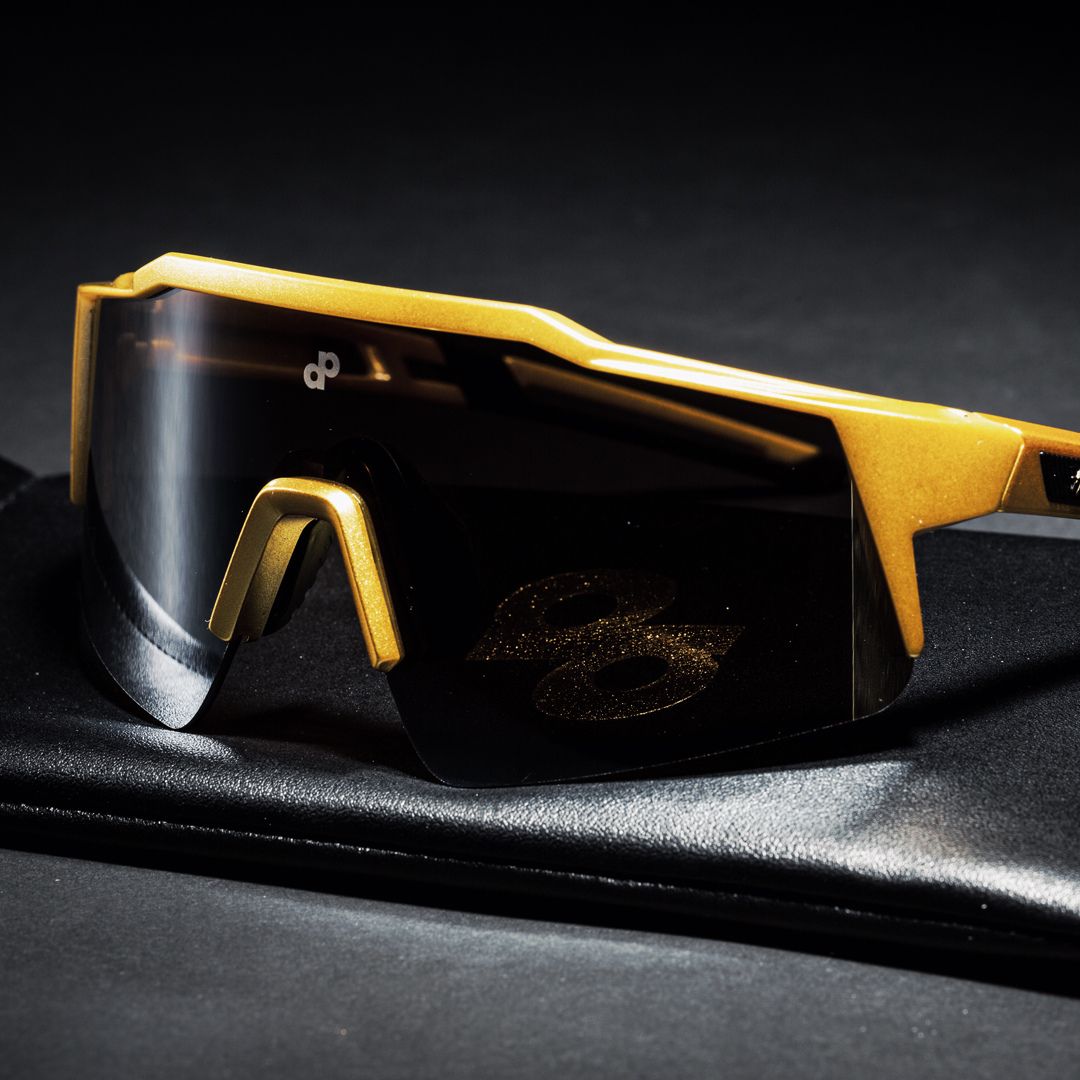
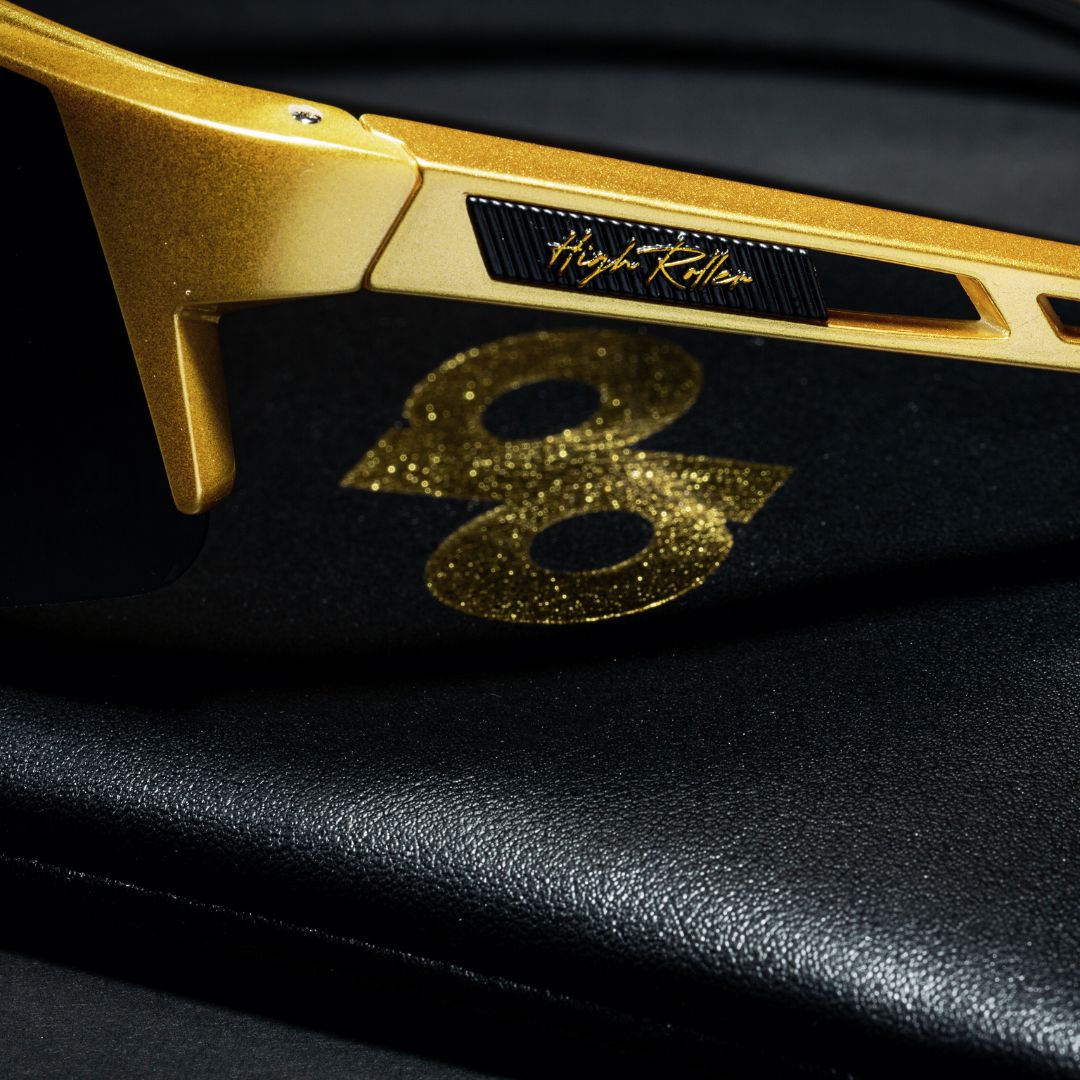

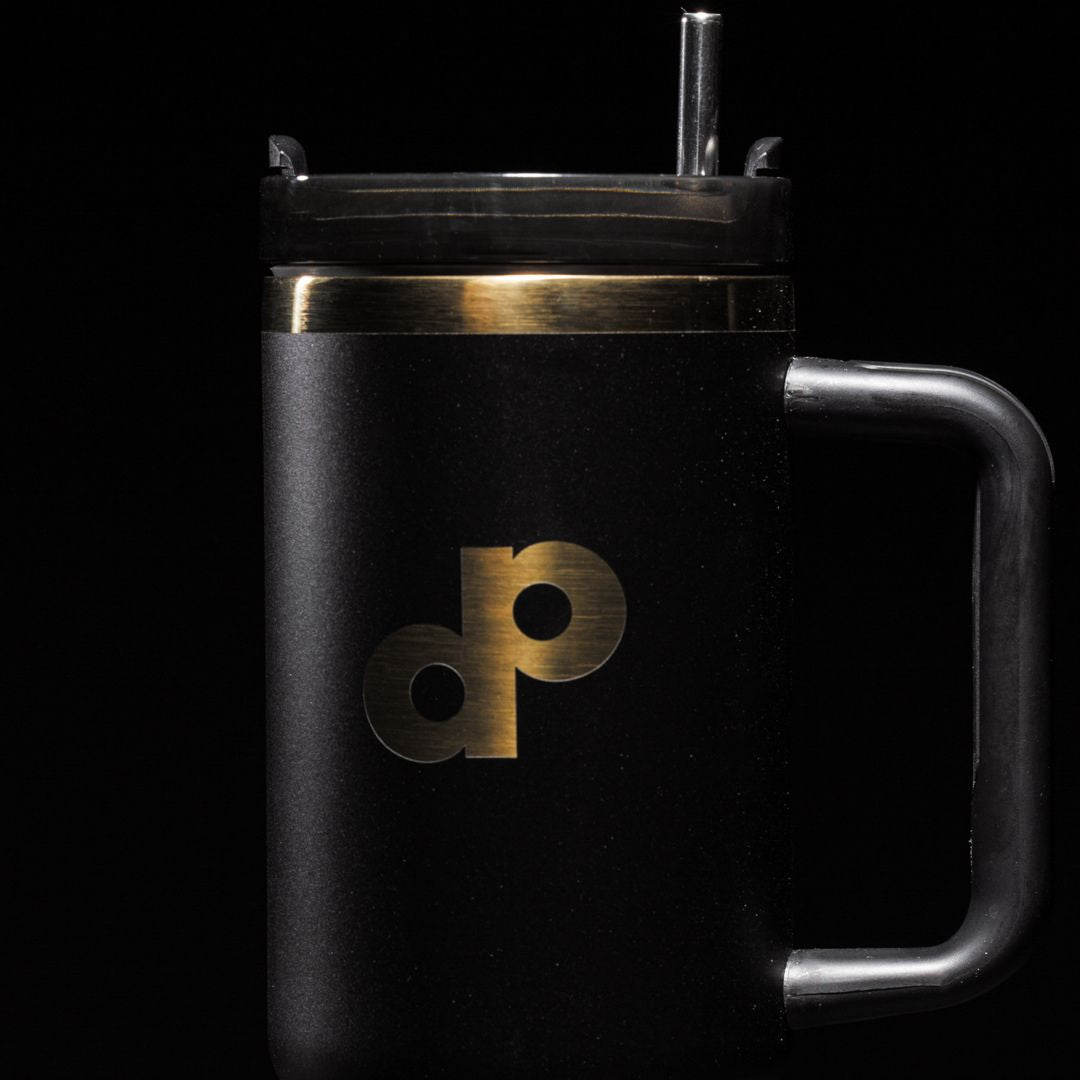
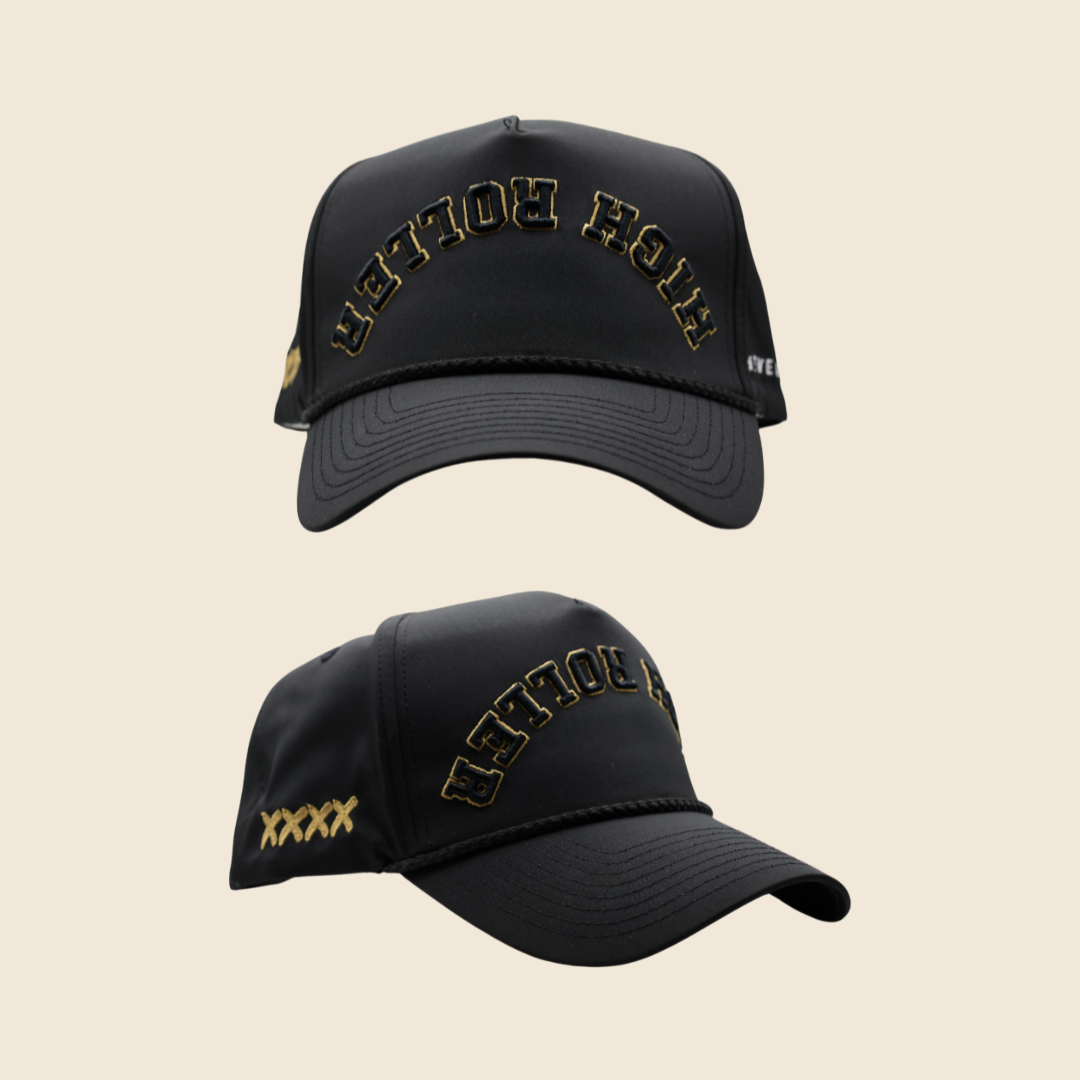
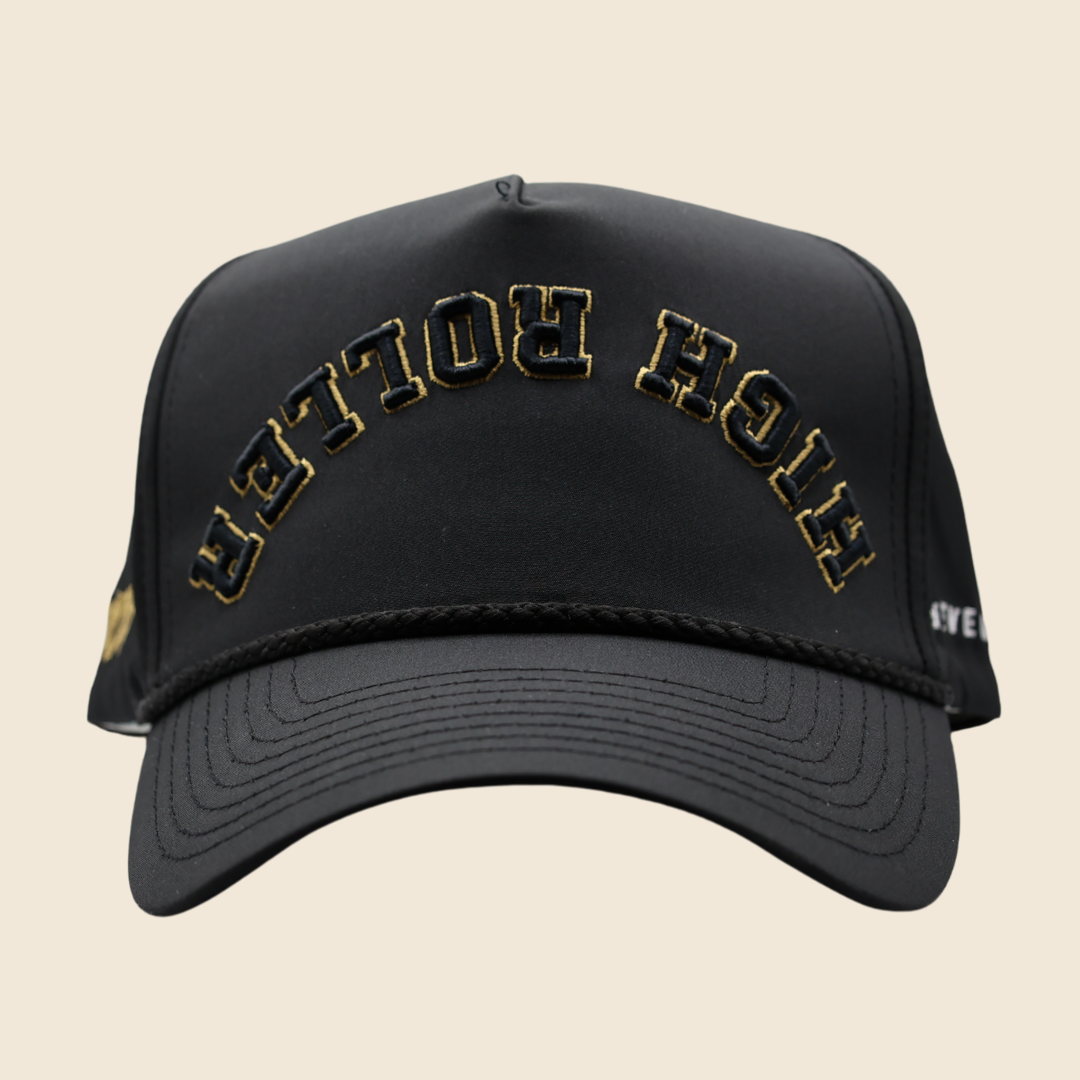
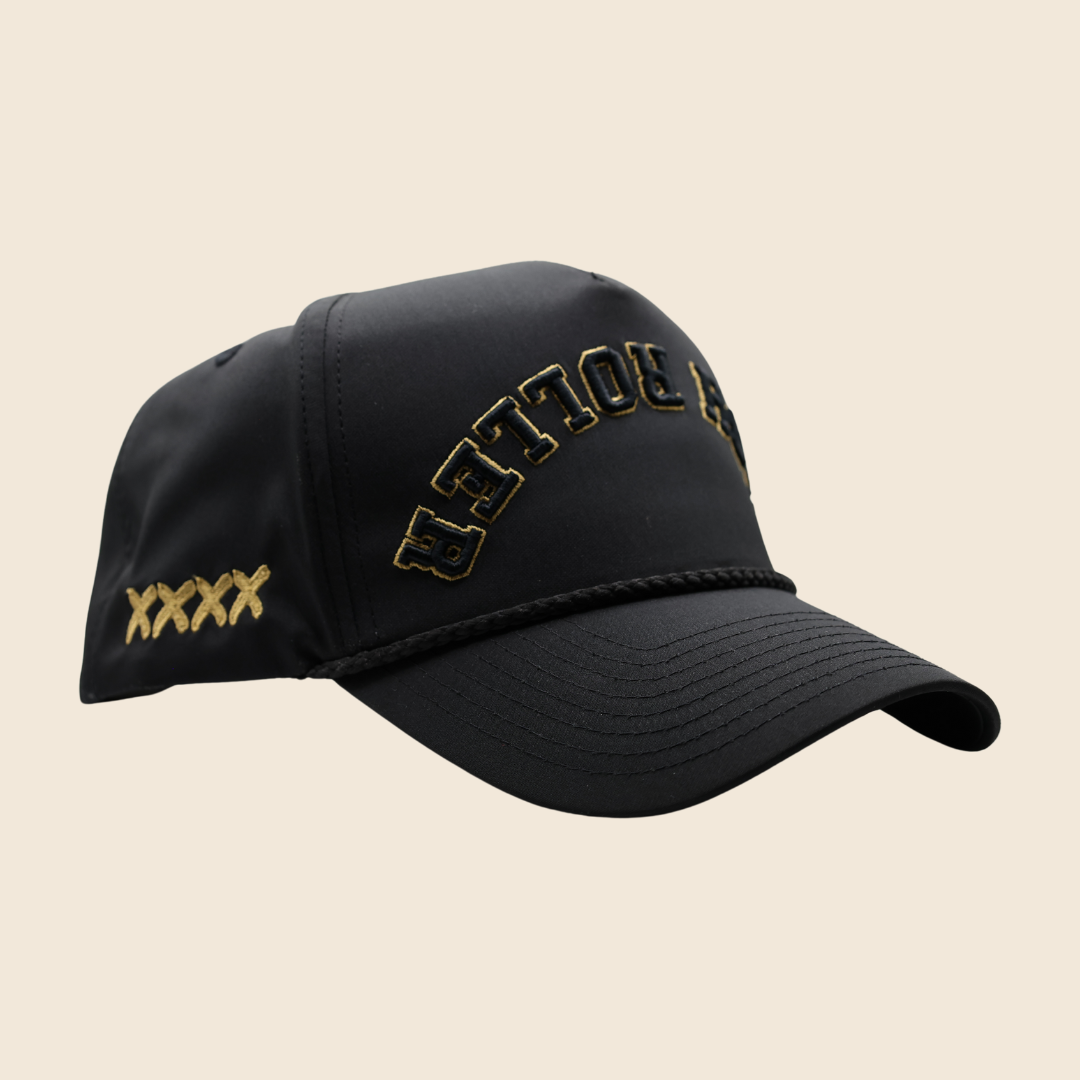
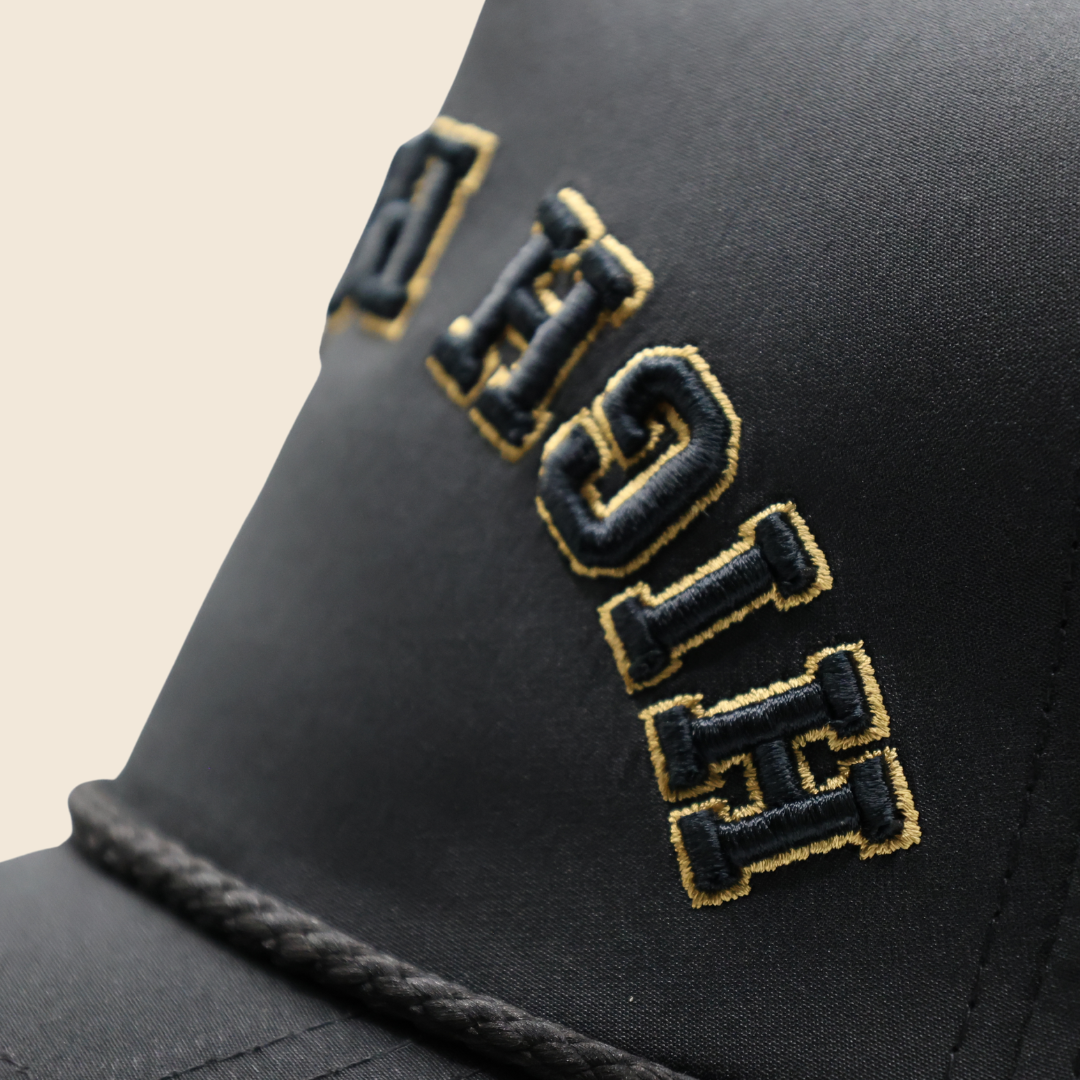


Share:
What Are the 5 Rules of Pickleball?
The Surprising Story Behind “Pickleball”